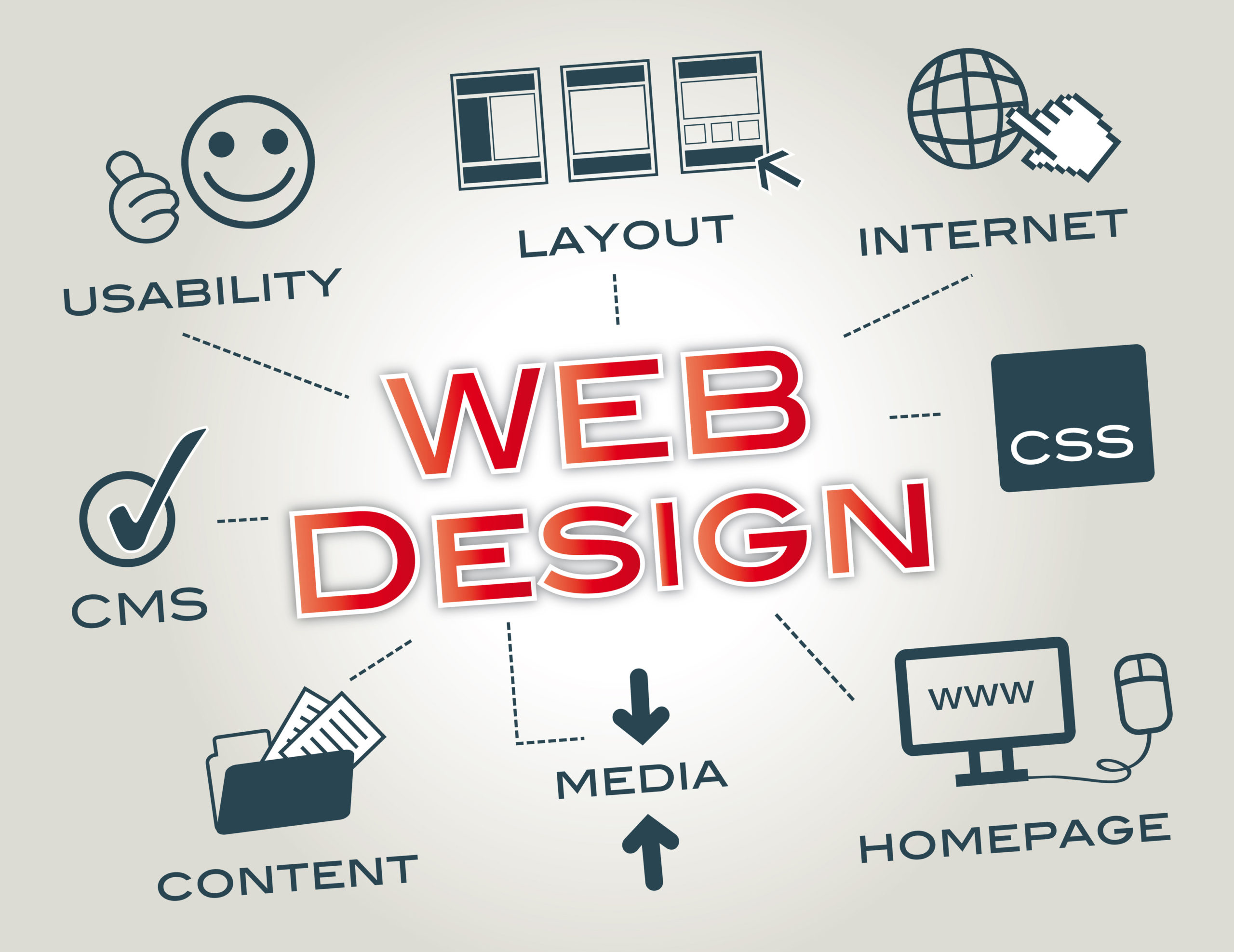A Comprehensive Guide to Crafting Visually Appealing and Functionally Durable Website Design Solutions
A thorough understanding of fundamental design concepts, together with an eager focus on customer experience, can significantly improve the efficiency of internet options. By leveraging elements such as color theory and receptive formats, designers are furnished to develop not just aesthetically pleasing interfaces but likewise ones that promote individual involvement.
Understanding Design Principles
Comprehending style concepts is basic to developing effective web services that involve customers and connect messages plainly. These concepts offer as the structure for any type of effective style job, assisting the aesthetic and practical elements of a web site. Secret design principles include equilibrium, comparison, positioning, repeating, and distance, each playing a critical duty in developing a cohesive and aesthetically pleasing layout.
Balance entails dispersing visual weight evenly across a web page, making sure that no single element bewilders the others. Contrast enhances readability and attracts interest to important features, permitting individuals to navigate the web content effortlessly. Alignment develops order and company, leading the audience's eye in a logical circulation. Repetition enhances a constant aesthetic language, reinforcing brand identification and enhancing user knowledge with the interface. Finally, distance groups associated elements, aiding users swiftly understand partnerships between various pieces of web content.
Relevance of Individual Experience
Individual experience (UX) is essential in website design, as it directly affects just how site visitors communicate with a site and view its worth. A properly designed internet site not only attracts users but likewise keeps them engaged, eventually bring about greater conversion prices and consumer complete satisfaction. UX includes different aspects, consisting of use, accessibility, and the overall aesthetic charm of the site.
In addition, positive user experiences foster brand name loyalty and motivate repeat check outs. In contrast, an inadequate UX can harm a brand's credibility and deter prospective consumers. Spending in UX design is not merely an aesthetic factor to consider; it is a strategic method that can dramatically impact a service's bottom line. Ultimately, focusing on customer experience in website design is vital for producing functional, appealing, and successful websites that satisfy the demands of modern-day individuals.
Color Concept in Web Layout
Shade theory plays a critical role in web layout, affecting not only the aesthetic charm of a website however also the emotional feedbacks of its customers. Comprehending color characteristics is crucial for developing an efficient user experience. Shades can evoke specific sensations; for example, blue frequently conveys depend on and expertise, while red can impart excitement or look at these guys necessity.
When choosing a shade combination, designers must think about consistency and comparison. Complementary shades can create vibrancy, while comparable colors use a more tranquil feel. Using tools like shade wheels can aid in determining effective shade mixes. Moreover, ease of access has to be prioritized; making certain adequate contrast between message and background colors is essential for readability.
Furthermore, social context plays a significant function in shade interpretation. For circumstances, while white signifies purity in Western cultures, it might stand for grieving in some Eastern societies - web design. Consequently, an extensive understanding of the target market is crucial when applying color theory.
Including shade psychology right into website design not only enhances visual appeal yet additionally affects customer habits, assisting them toward desired actions. Inevitably, a well-balanced shade method can substantially raise the general impact of a website.
Responsive and Flexible Designs
Along with shade concept, the structure and format of an internet site dramatically effect user experience and involvement. web design. Receptive and adaptive formats are crucial methods for guaranteeing that websites operate successfully across a plethora of gadgets and screen dimensions
Responsive layout utilizes liquid grids and versatile images, permitting the design to adjust effortlessly according to the viewport dimensions. This strategy makes sure Resources a consistent individual experience, as content reflows and resizes, keeping ease of access whether viewed on a smart device, tablet, or desktop computer. Media queries play a crucial role in receptive layout by using various styles based upon the device's attributes.

Both methods intend to improve individual experience by prioritizing functionality and availability. Selecting between responsive and adaptive layouts mostly depends on project requirements, target audience, and wanted customer communications, inevitably adding to the performance of website design remedies.
Screening and Optimization Methods
Evaluating and optimization methods are vital elements of effective internet design, ensuring that sites not only satisfy customer assumptions however additionally execute successfully throughout various platforms. These techniques encompass a series of methods targeted at reviewing functionality, capability, and general efficiency.
A/B testing is a foundational strategy, allowing developers to contrast two versions of a web page to figure out which performs better in regards to user interaction and conversion prices. Customer testing is similarly vital; it includes collecting responses from real individuals to recognize discomfort points and areas for enhancement. This qualitative information can lead design modifications that boost customer experience.
In addition, efficiency optimization strategies such as photo compression, code minification, and leveraging internet browser caching can significantly improve tons times and responsiveness. Tools like Google PageSpeed Insights and GTmetrix supply beneficial metrics for analyzing website performance, enabling developers to make data-driven choices.
Verdict
Responsive designs contribute to a seamless customer experience across gadgets, further advertising involvement. Ultimately, the application of these techniques not only raises customer satisfaction but additionally drives conversion prices, strengthening the importance of an page extensive style structure.